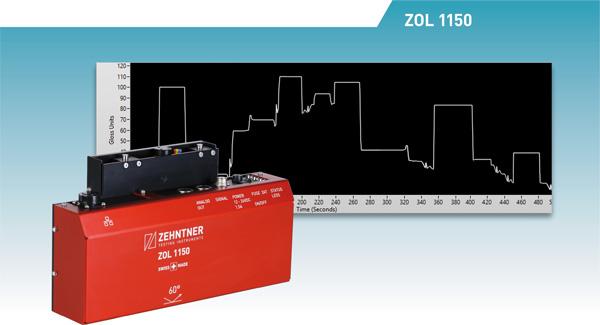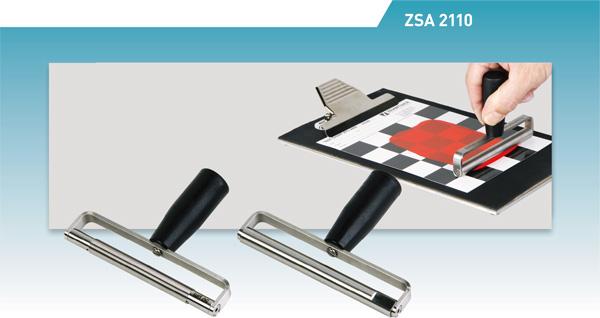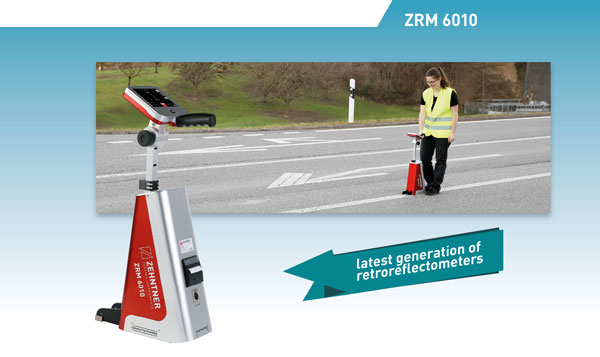Interview with Proceq Product Manager, David Corbett

Alissa: What does the Pundit Live Array Pro do, exactly?
David: The Pundit Live Array Pro uses ultrasonic pulse-echo technology to perform concrete thickness measurements, and detect voids, delaminations, and honeycombing within concrete structures. Sometimes, this product is also used on other materials such as wood or asphalt.
Alissa: How does it differentiate from other similar products on the market?
David: Other products on the market that deal with the same applications include other pulse-echo as well as impact echo devices. Both the Pundit Live Array Pro and other devices that use pulse-echo technology are applied to detect defects, and they have the advantage that a measurement can be carried out when the user only has access from a single side of a wall or structure.
Only a few years ago, two transducers always had to be placed on both sides of the concrete structure that was being tested. This procedure was, however, often difficult or impossible due to structural geometries such as in a tunnel, or when it was difficult for the user to hold both transducers and the display unit simultaneously.
Compared to other pulse-echo devices, Pundit Live Array Pro generates so-called B scans (imagine this as a cross-section through the concrete orthogonal to the concrete surface) in real-time, and even offers easy-to-use image stitching capabilities. These image stitching capabilities create a panorama B scan (which is a series of B scans overlaid with some overlap) immediately on-site. Both of these functions are unique to the Pundit Live Array Pro.
Pundit Live Array Pro will soon have on-site 3D scanning capabilities, which does not only trigger many ‘wow’ reactions amongst users and observers but is hugely helpful when it comes to visualizing data in a much more intuitive way. Traditionally, such 3D images required huge computation power in special software applications that were only available in the office.
While other pulse-echo and impact echo devices cover similar applications, the results are often rather difficult to interpret, and it takes a lot more time to collect the data than using Pundit Live Array Pro.
Alissa: What problem does this product solve?
David: As one important application, the Pundit Live Array Pro helps users who only have single-sided access to measure variations in the thickness of concrete structures with ultrasonic technology. This is used, for example, to check the actual thickness of tunnel inner shells in a non-destructive way during construction, which in turn is related to the quality of the structure and ultimately its stability. Defects can greatly reduce the stability and lifetime of such structures. With no assessment, people like you and me are put at risk when we use these tunnels.
Other symptoms of insufficient testing and maintenance are the collapse of parking garages and other structures using a mix of precast elements and cast-in-place concrete. Such failures can entail not only the loss of the asset itself, but also of property such as parked cars, and, in the worst case, even human casualties.
To avoid such accidents, the non-destructive ultrasonic technologies of the Pundit Live Array Pro are applied to detect delaminations between the precast elements and the cast in place concrete which can result in a dramatic weakening of the structure in a fast and nowadays also illustrative way.
Alissa: When would our products be used when we look into the overall lifetime of assets?
David: These devices are used both during and after the construction of concrete structures. A smart precaution is to test the concrete for defects during construction, so you have the chance to fix the issues as you build. This is even specified for the tunnel lining test I mentioned earlier. It is a lot easier to eliminate defects during the construction phase than afterward – this is like an on-the-go quality test similar to what is done typically in the automotive industry nowadays when a component is produced.
Most of the time, however, our customers are called on-site because somebody has detected or suspects that something is wrong with a newly-built or existing building. Then, instead of extracting cores from the concrete, which is the traditional way of testing (this costs a lot of money, visibly damages the building, and obviously can’t be done in too many places), the non-destructive method is commonly favored today.
Alissa: How do the specialists fix defects when they are found?
David: The non-destructive method aims to determine the extent of the problem, but not to rectify it. The issue is resolved by an outside contractor who is usually specialized in concrete repairs or the particular structure under investigation. Once done, the Pundit Live Array Pro comes back into the picture again to assess if the problem has been rectified correctly. Before the building is re-opened to the public, it needs to be confirmed as structurally sound and safe.
In extreme cases, structures with excessive defects may be assessed as structurally unsound and unsafe. In the worst case scenario, this could then lead to the decision where the structure would need to be knocked down. To avoid this scenario, non-destructive methods should be used regularly to detect and remedy problems at an early stage, thereby maintaining safer and more stable buildings for us to use.
Alissa: Wow, fascinating! I was not aware of the implications insufficient testing can have on us in our daily lives. Thank you very much for this chat and the interesting insights.
David: I am glad I could help – I look forward to our next little interview!





